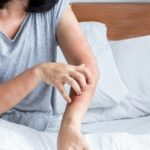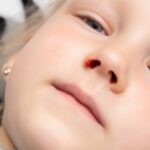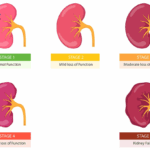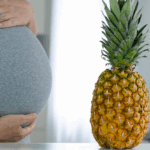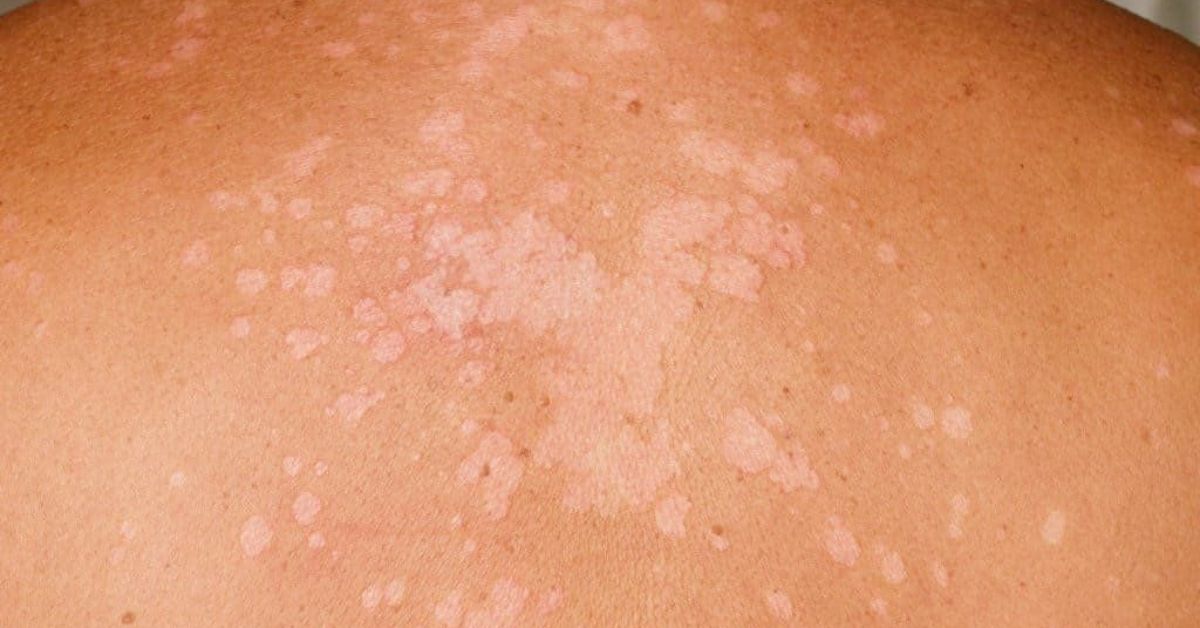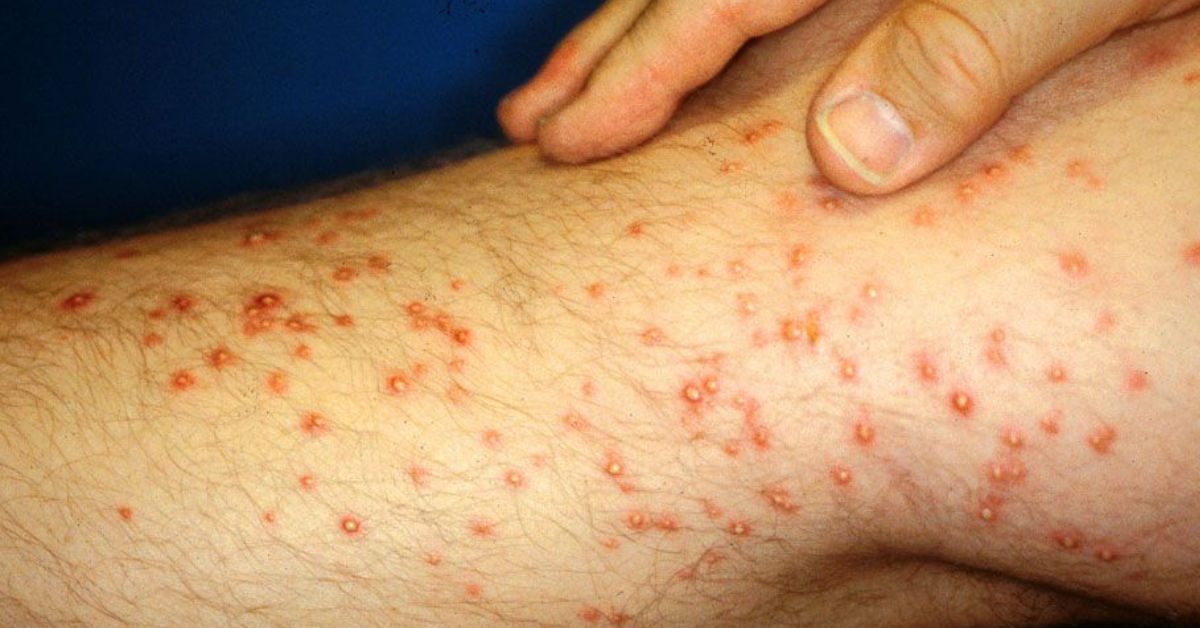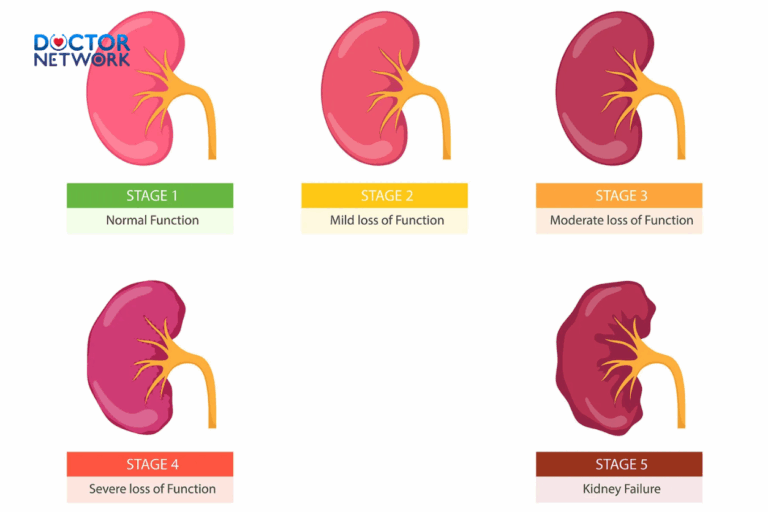In the field of hair care, understanding the structure and various parts of hair is basic but crucial. One of the concepts that needs to be clarified is the “hair ends.” So, what are hair ends? Let’s explore this in the following article.
What are hair ends?
Human hair can be divided into three main parts: the hair root, the hair shaft, and the hair ends. Each part plays a different role and requires specific care methods.
- Hair Root: This is the part of the hair that is embedded deep in the scalp, where it receives nutrients from the blood and provides the conditions for hair growth.
- Hair Shaft: This is the long part of the hair, which exhibits characteristics such as color, shine, and texture. This part often comes into contact with environmental agents.
- Hair Ends: What are the hair ends? – These are the furthest part of the hair from the scalp. Hair ends are often vulnerable to damage due to less nourishment from the hair root and frequent exposure to harmful factors like high temperatures from hair styling tools, chemicals from styling products, and friction from brushing and styling.
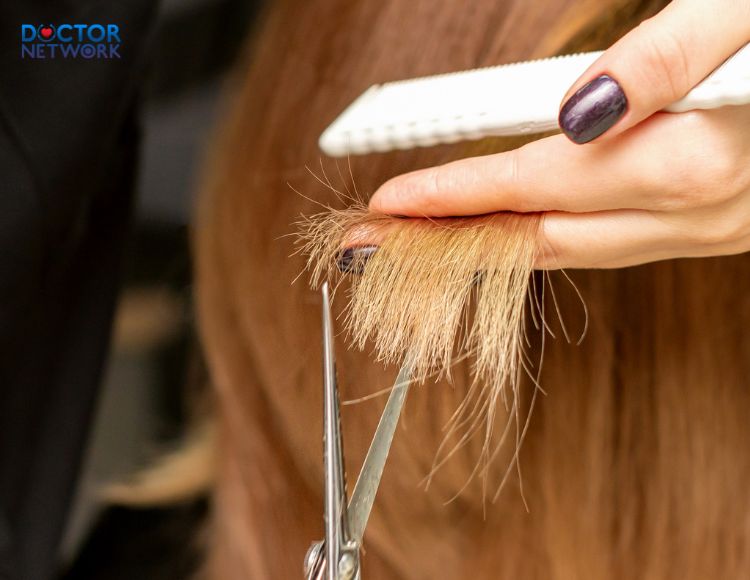
What are hair ends? – This is the last part of the hair, furthest from the scalp
The Role of Hair Ends and the Impact of Damage
Why are hair ends often easily damaged?
The hair ends are defined as the last part of the hair strand, farthest from the scalp, and they face a high risk of damage. The main reason is that the hair ends receive fewer nutrients from the scalp compared to other parts of the hair. Naturally, as hair grows, the ends become the “oldest” part, having been exposed to numerous cycles of environmental harm such as UV rays, pollution, as well as chemicals from hair products and high temperatures from styling tools. Consequently, the keratin structure of the hair ends may weaken, leading to damage such as split ends, breakage, and loss of shine.
The impact of damaged hair ends on the appearance and overall health of the hair
Damage to the hair ends affects not only the aesthetic appearance of the hair, making it lose its shine, softness, and causing it to become dry and brittle. It can also lead to long-term hair health issues if not addressed timely. When the hair ends are damaged, they can become a weak point, reducing the hair’s ability to withstand and recover from external impacts. Moreover, the damage can spread upward along the hair strand, affecting the hair shaft and eventually the hair root, where the hair is nourished.
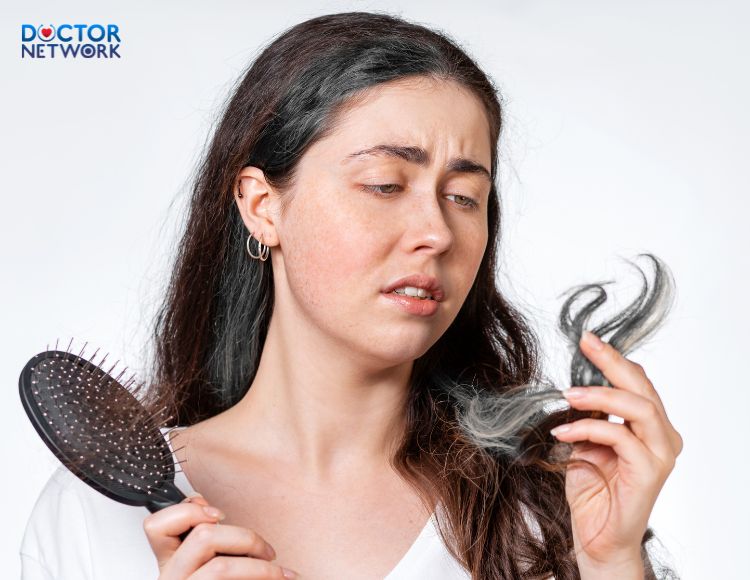
Damage to the ends of the hair not only affects the aesthetics of the hair
Preventing and minimizing damage at the hair ends requires a comprehensive hair care regimen, including the use of suitable hair care products, limiting chemical and heat exposure, and performing regular trims to remove damaged ends. By properly caring for the hair, not only are the hair ends protected from damage, but it also contributes to maintaining the overall health and beauty of the hair.
Proper Care for Hair Ends
Proper care of hair ends is crucial for maintaining the health and beauty of hair. Below are daily and long-term hair care measures to protect hair ends from damage.
- Proper Hair Care
- Use Gentle Hair Care Products: Choose shampoos, conditioners, and hair care products that are free from sulfates and parabens to minimize the risk of damage to the hair.
- Avoid Washing Hair Too Frequently: Daily shampooing can strip the hair of its natural oils, making the ends dry and prone to breakage.
- Use Warm Water When Washing Hair: Hot water can damage the hair and scalp, whereas warm water cleanses the hair without causing harm.
- Preventing Hair Damage
- Limit Heat Use: Frequent use of heat styling tools such as hair dryers, straighteners, and curling irons can damage the hair ends. When necessary, apply a heat protectant before using these tools.
- Avoid Chemicals: Beauty treatments such as dyeing, perming, or straightening with chemicals can damage the hair ends. If possible, reduce the use of these methods or look for hair-friendly alternatives.
- Trimming Hair Ends
- Importance of Trimming: Regular trimming of the hair ends (about every 6-8 weeks) not only removes damaged hair but also stimulates the growth of healthy hair. This helps prevent split ends and breakage.
- Hair Nutrition
- Balanced Diet: A diet rich in proteins, vitamins (such as Vitamin E, A, and C), omega-3 fatty acids, and minerals (such as iron and zinc) can provide essential nutrients for hair from the inside, promoting healthy hair from root to tip.
- Using Hair Care Products: Supplementing with hair oils, serums, and hair masks can provide the necessary nutrients to the hair ends, minimizing dryness and damage.
Adding hair conditioners, serums, and hair masks can help provide essential nutrients to the ends of your hair
Common Issues with Hair Ends
Hair ends, being the most vulnerable part of the hair strand, often encounter specific problems due to damage. These issues not only affect the appearance of the hair but also impact the overall health of the hair.
- Hair Breakage: Damaged hair ends are more prone to breakage due to weakened keratin structure. Solution: Use hair care products containing proteins to rebuild hair structure and reduce breakage.
- Split Ends: This occurs when hair ends split into two or more parts due to dryness and damage. Solution: Regular trimming and the use of specialized serums to restore hair ends.
- Dryness and Brittleness: Due to a lack of nutrients and moisture, hair ends can become dry and lose their natural softness. Solution: Increase the use of moisturizing products such as hair masks and hair oils.
Related Studies
- Chemical Composition: Hair ends primarily consist of keratin, a fibrous protein.
- Keratin: Keratin is dead protein that no longer has metabolic activity.
Effective Hair End Care Practices Include:
- Using shampoos and conditioners suitable for your hair type.
- Limiting the use of hair-styling chemicals.
- Protecting hair from sunlight.
- Regularly trimming hair ends to remove split ends.
These practices are recommended by dermatological sources such as the American Academy of Dermatology for maintaining healthy hair.
References:https://courses.lumenlearning.com/wm-biology2/chapter/hair/https://www.cbsd.org/cms/lib/PA01916442/Centricity/Domain/1870/hair%20info.pdf
Kiểm Duyệt Nội Dung
More than 10 years of marketing communications experience in the medical and health field.
Successfully deployed marketing communication activities, content development and social networking channels for hospital partners, clinics, doctors and medical professionals across the country.
More than 6 years of experience in organizing and producing leading prestigious medical programs in Vietnam, in collaboration with Ho Chi Minh City Television (HTV). Typical programs include Nhật Ký Blouse Trắng, Bác Sĩ Nói Gì, Alo Bác Sĩ Nghe, Nhật Ký Hạnh Phúc, Vui Khỏe Cùng Con, Bác Sỹ Mẹ, v.v.
Comprehensive cooperation with hundreds of hospitals and clinics, thousands of doctors and medical experts to join hands in building a medical content and service platform on the Doctor Network application.







